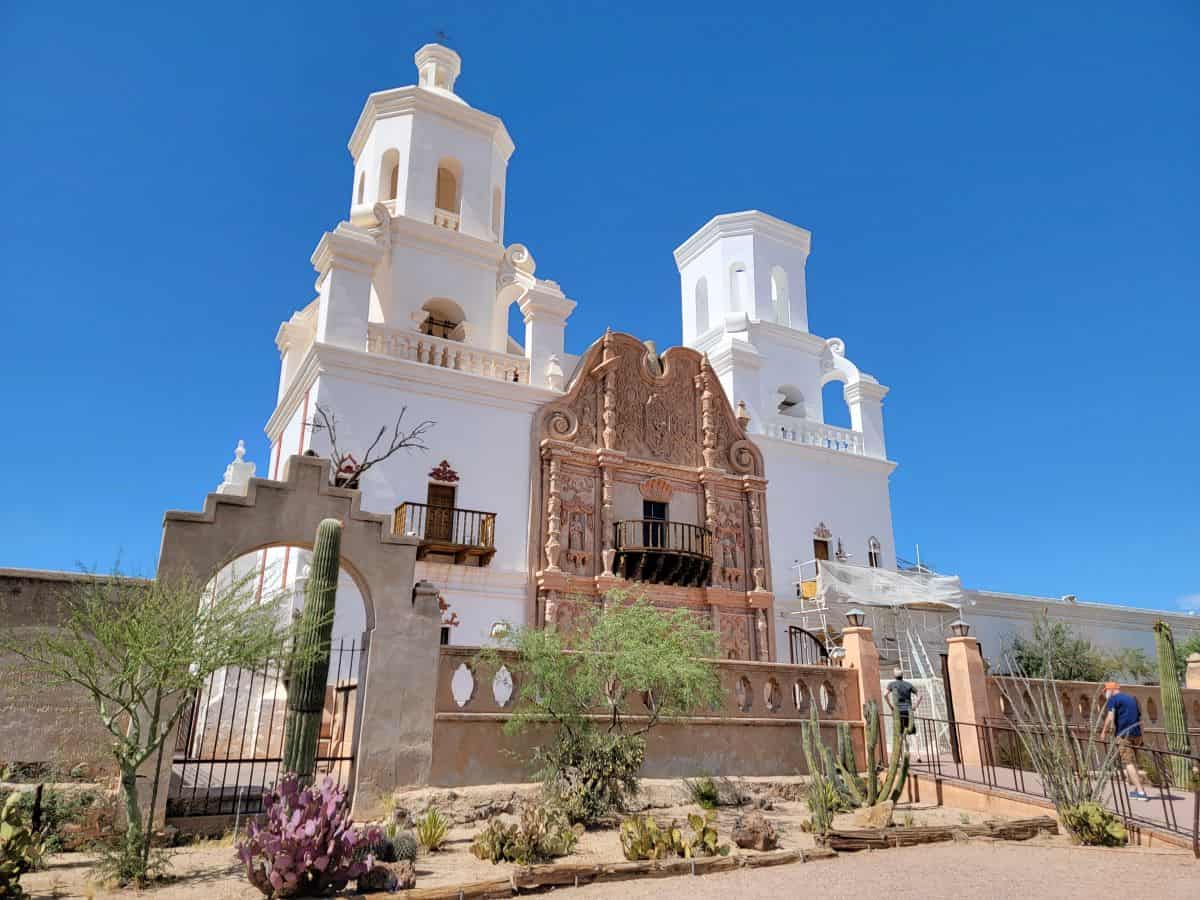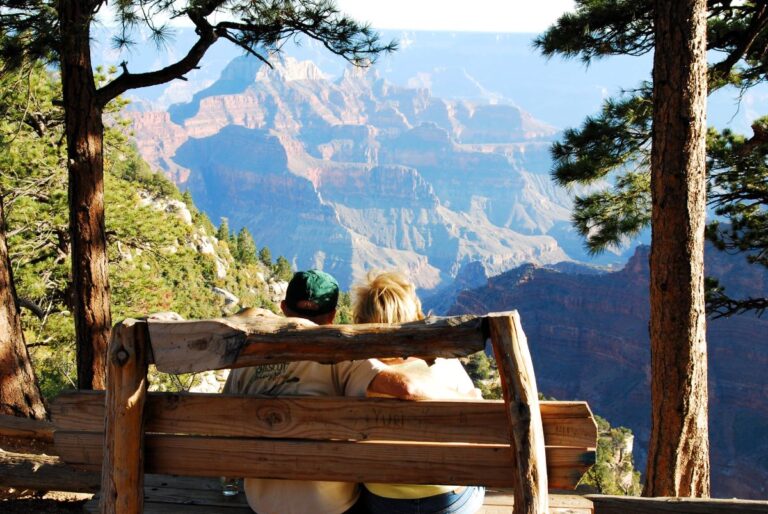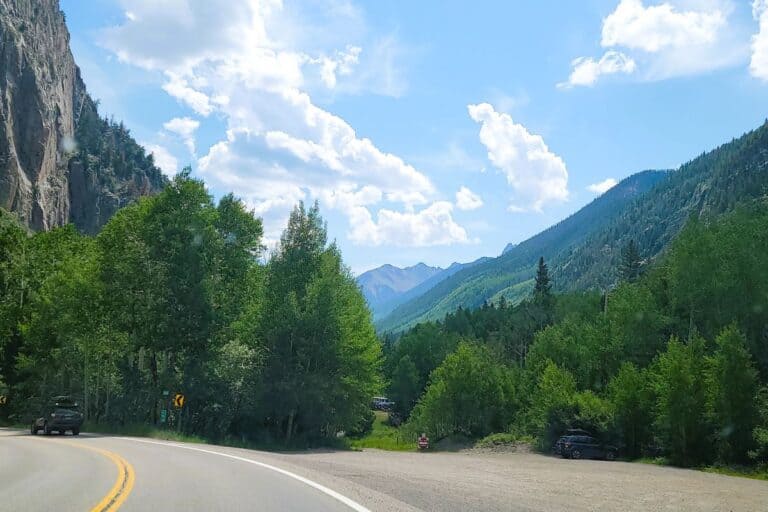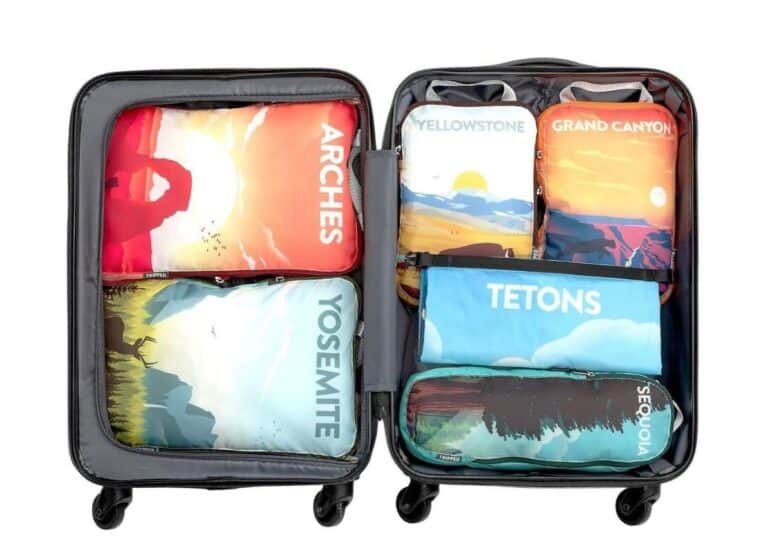Where to Find Info About Historical Travel in the U.S.
This site contains affiliate links to products or services that I recommend. Any purchases made through these links don’t add anything to your purchase price. It helps me keep the lights on and bring you quality travel tips. As an Amazon Associate, I earn from qualifying purchases. Thanks so much for your support!
I just stumbled on the ultimate source for interesting historical travel in the U.S.. I’m supposed to be doing something else right now, but I was so excited that I couldn’t wait to share it with you! I can’t believe I didn’t know about this before. Do you like Maritime History, American History, or Archaeology? Then check out the National Park Service Heritage Travel website.
Sometimes the National Park Service website is difficult to navigate because it’s so massive. You’d be surprised at how many sections are buried under other topics and hard to uncover. That’s why I’ve done a roundup of many of the helpful features relating to historical travel in the U.S.. These will be a huge benefit for planning future road trips and park visits. Here are just a few of the sections on this site you’ll want to read and even bookmark for later or add to your Pinterest inspiration boards.
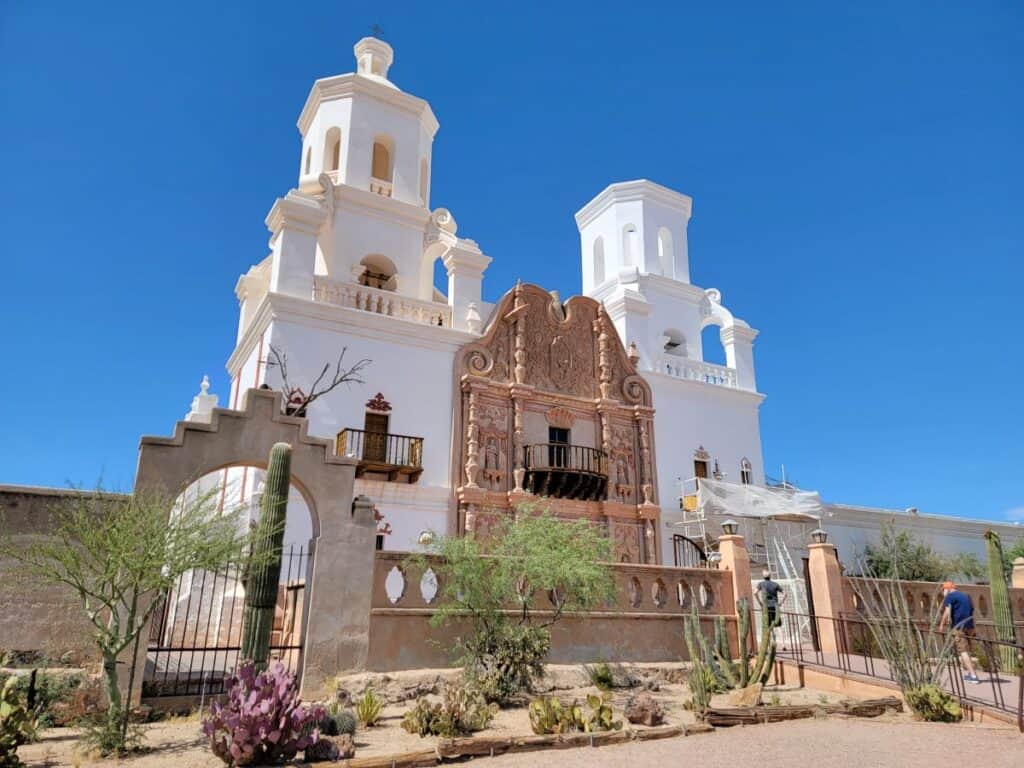
What is a National Heritage Area in the U.S.?
First, are you wondering what National Heritage Areas are? National Heritage Areas (NHAs) are regions “designated by the U.S. Congress as places where natural, cultural, and historic resources combine to form a cohesive, nationally important landscape.”
There are 62 designated National Heritage Areas in 36 states across the United States. Each region supports a wide array of conservation, recreation, education, and preservation activities so you can learn about the significance of each one. Here’s a link to the 2020 brochure that explains a little more about what makes a National Heritage Area.
Examples of National Heritage Areas
Here are a few examples of National Heritage Areas that explore historical travel in the U.S.:
- Motor Cities National Heritage Area in Michigan celebrates the historical contribution that innovative automakers made to America’s history overall. During World War II these factories converted to making tanks, jeeps, and airplanes that helped turn the tide in that horrific war.
- Gullah Geechee Cultural Heritage Area along the southeastern coastal U.S. in Florida, Georgia, North Carolina, and South Carolina, this Cultural Heritage Area calls attention to the cultural and historical contributions made by descendants of West African and Central African enslaved people. Their isolated destinations helped them maintain more indigenous African traditions than most other enslaved populations.
- Santa Cruz Valley National Heritage Area recognizes Southeastern Arizona’s unique culture that was shaped by generations of Native American [Tohono O’odham], Spanish, and Mexican peoples. Rich natural resources, diverse history, and traditions make this region worth visiting. The photo above of San Xavier del Bac Mission, near Tucson, Arizona is one of the significant sites in that area.
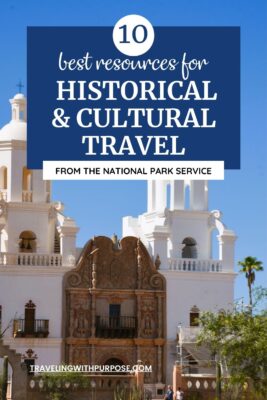
Detailed National Heritage Area & NPS Maps
If you’re planning historical travel in the U.S. this interactive map of all the National Heritage Areas is so helpful in deciding where to go within specific states or regions of the country.
The National Park Service also has a helpful page exclusively for maps of parks and other properties managed by them. Check out this NPS Maps page to find the maps you’re looking for to help plan your historical travel in the U.S.
You can find more resources for free printed maps for travel and creativity in my extensive post here too.
You can also explore the maps to find a region that has sites that you’re interested in seeing. If you’re driving, you can search along your route to see what might be worth a detour. Discovering new adventures close to home would be another fun way to explore the maps.
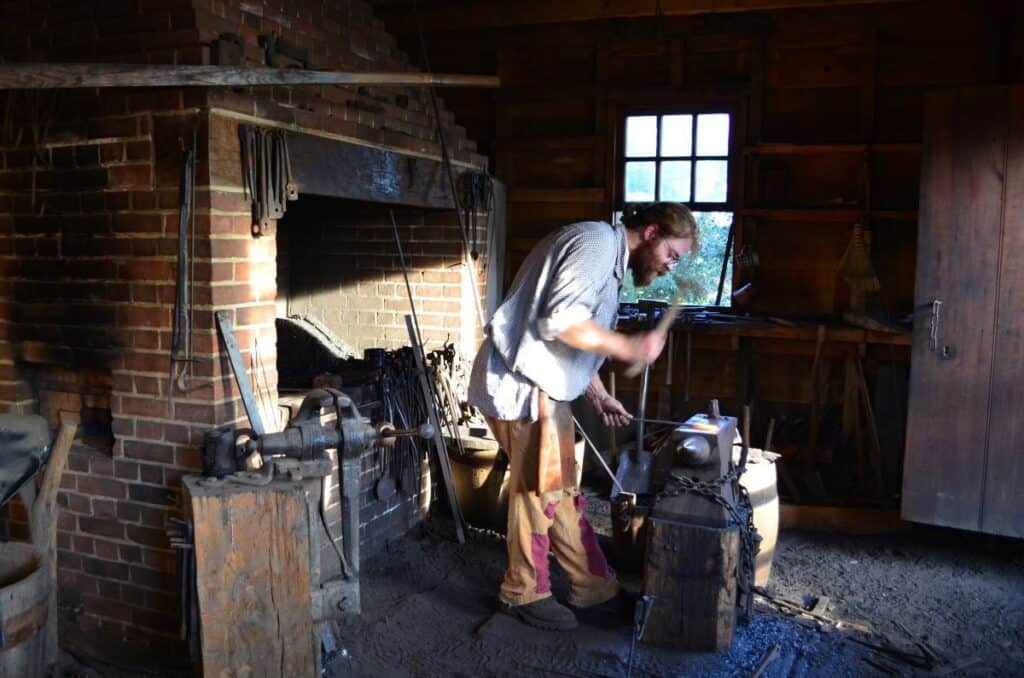
Itineraries for Historical Travel in the U.S.
The National Heritage Area website also has an extensive list of over 60 travel itineraries covering more than 3000 locations – The itineraries spotlight different communities, geographic regions, and themes across the country.
Did you know that Women’s History Month is in March each year? An itinerary called “Travel Where Women Made History” will help you find historical sites and parks honoring the extraordinary women who shaped American history.
My husband is a huge history buff and I truly enjoy visiting these sites too. If you’re like me when you plan a trip, you spend hours on end wading through pages and pages of search results for “Top Things to do in…a specific area” trying to find the little-known gems that you don’t want to miss. I’ve been doing this for years, and before it was web searches, it was travel books.
Even with all that research, there was inevitably a place that we’d miss, because we didn’t realize it was nearby until after we were on our way out of town. Now we won’t have to worry about that. We can go to this site and go straight to our destination on the map to see what historical travel in the U.S. is nearby.
National Heritage Areas Offering National Parks Passport Stamps
Do you collect passport stamps in the National Parks? Many other properties in the National Park Service also offer stamps to collect in your passport book. You can even use your own journal or personal notebook to collect them. Don’t feel the need to buy the official passport books. You can get your NPS Passport stamped at over 30 National Heritage Areas. This page lists all these areas with links to their specific website so you can find the exact locations to get your book stamped.
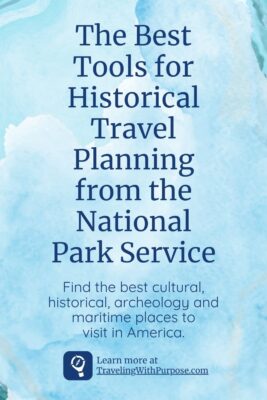
List of National Historical Parks in NPS
More than half of the parks in the National Park Service system are considered “Historical and Cultural Parks”. These destinations capture and celebrate significant people and events in U.S. history. You can find a list of these historical sites here.
You’ll find everything from President Abraham Lincoln’s birthplace in Kentucky to the Minute Man National Historical Park in Massachusetts. It’s not just about early U.S. history, though. You can also find the Tuskegee Airmen National Historic Site in Alabama, Women’s Rights National Historical Park in New York, and so much more.
Maritime Heritage and History in the U.S.
What is “Maritime Heritage”? The culture, heritage, and history of anything living or found in or near the sea or other bodies of water.
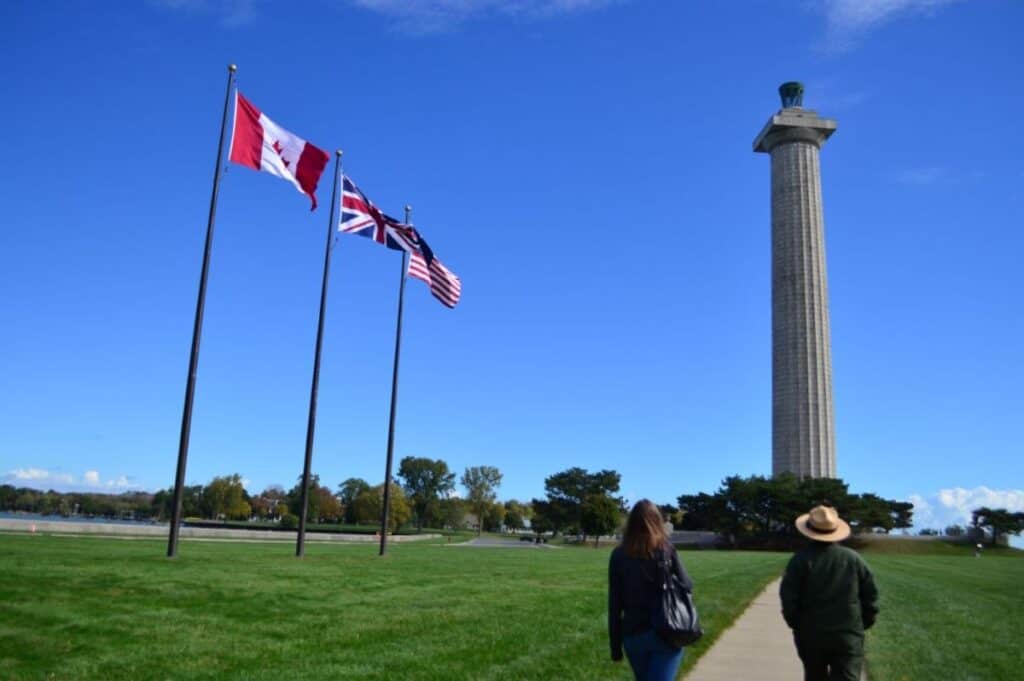
Do you love everything about our coastal areas, including oceans, lakes, and waterways in America? This resource lists all the interesting maritime sites, like historical ships, lighthouses/light stations, canals, and life-saving stations in the U.S.
You can also find a map of all the maritime-related national parks here.
Did you know that there’s an island off the coast of Ohio in Lake Erie where you can find “Perry’s Victory & International Peace Memorial“? The only way you can get there is by ferry, but it’s well worth the ride. And the view from the top of the 352-foot [107-meter] tower is spectacular. The memorial was established “to honor those who fought in the Battle of Lake Erie, during the War of 1812, and to celebrate the long-lasting peace among Great Britain, Canada, and the U.S.” My sister worked there as a park ranger for a summer and I learned all about it when I visited her.
I will say the maritime database is not the easiest to navigate, but if you’re interested in maritime historical travel in the U.S., it’s worth the time to find what you need.
Archeology Tourism
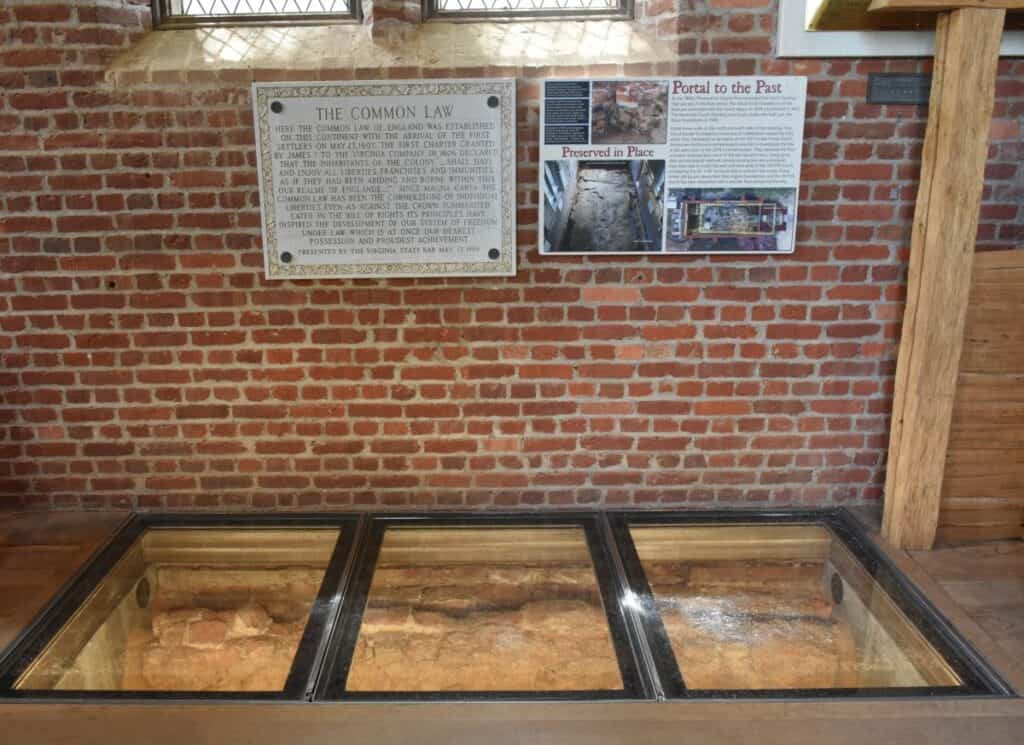
Archaeology is everywhere, and the National Park Service takes it very seriously. A big part of archaeological historical travel in the U.S. is being able to see and learn firsthand what artifacts and historical digs can teach us about the people who lived long before us in America.
So much of the history of this country is about the struggle for liberty and equality. Many historic places capture that struggle powerfully. Some are well-known and are part of a past we learn about from textbooks. Others you may not have learned about in school.
Our African American past is a rich and complex part of history that archaeology helps us discover. You can visit significant African American historical sites to learn how archeology teaches us about these households and communities. Colonial Williamsburg, Virginia, is an excellent example of our rich and diverse past. African American history is being studied, and new artifacts are unearthed there every day.
Archaeology for Kids and Teachers
Are you a teacher or parent at home or in the classroom? The NPS Archeology for Kids and Teachers pages have tons of helpful information for you and your students. They’ll help you learn about history and archeology in America. You can find lesson plans and activities in English and Spanish.
The National Park Service offers professional development opportunities for teachers too. Grants are available for travel and supplies as well.
Booking your trip? Here are some of the resources I use myself:
-Book great deals on flights with Cheap-o-Air
-Discover cool lodging with Booking.com
-Find the best prices and perks for cruises at CruiseDirect.com
-Reserve your vacation home rental with VRBO
-Book your car rental with RentalCars.com
-Buy your travel insurance with InsureMyTrip
-Book unique travel tours with Get Your Guide and Viator
-Find delicious culinary experiences with EatWith
-Find even more of my favorite travel resources here.
When you use these links I earn a small commission, at no extra cost to you. This helps me pay the bills and allows me to continue to create and share free tips and advice to help you travel better. As an Amazon Associate I earn from qualifying purchases.
National Heritage Areas Podcast

If you like to listen to podcasts, be sure to check out the National Heritage Areas Podcasts here. These conversations discuss specific historical sites. They explain what a National Heritage area is and how it’s designated. Other topics include historic preservation, place-based learning, sustainability, and much more.
The entire site is such a wealth of knowledge! I’m forever in debt to the many people who created it.
Be sure to check out these helpful sites and let me know what you think. I’d love to hear how you use this resource for upcoming trips too.

